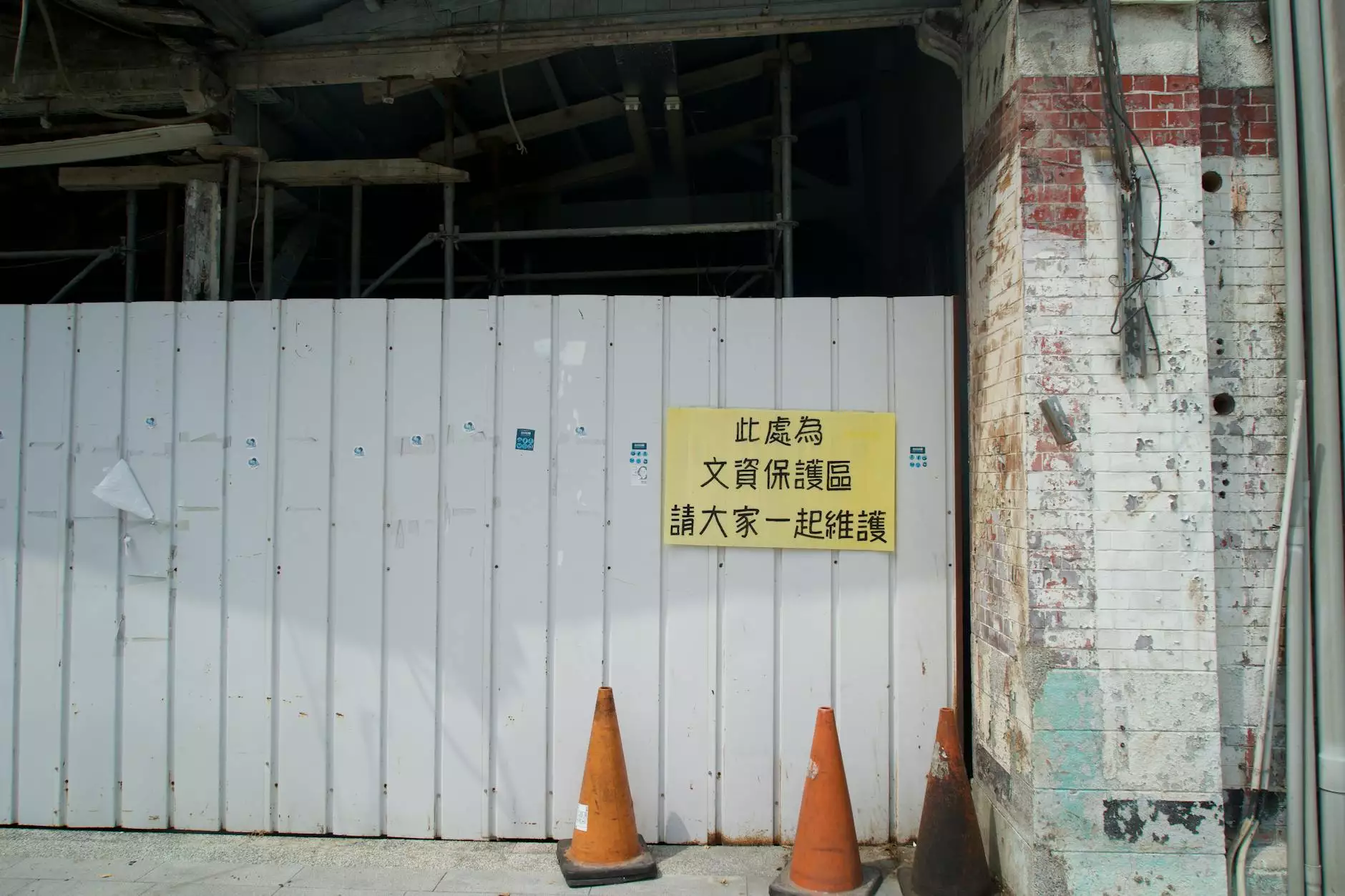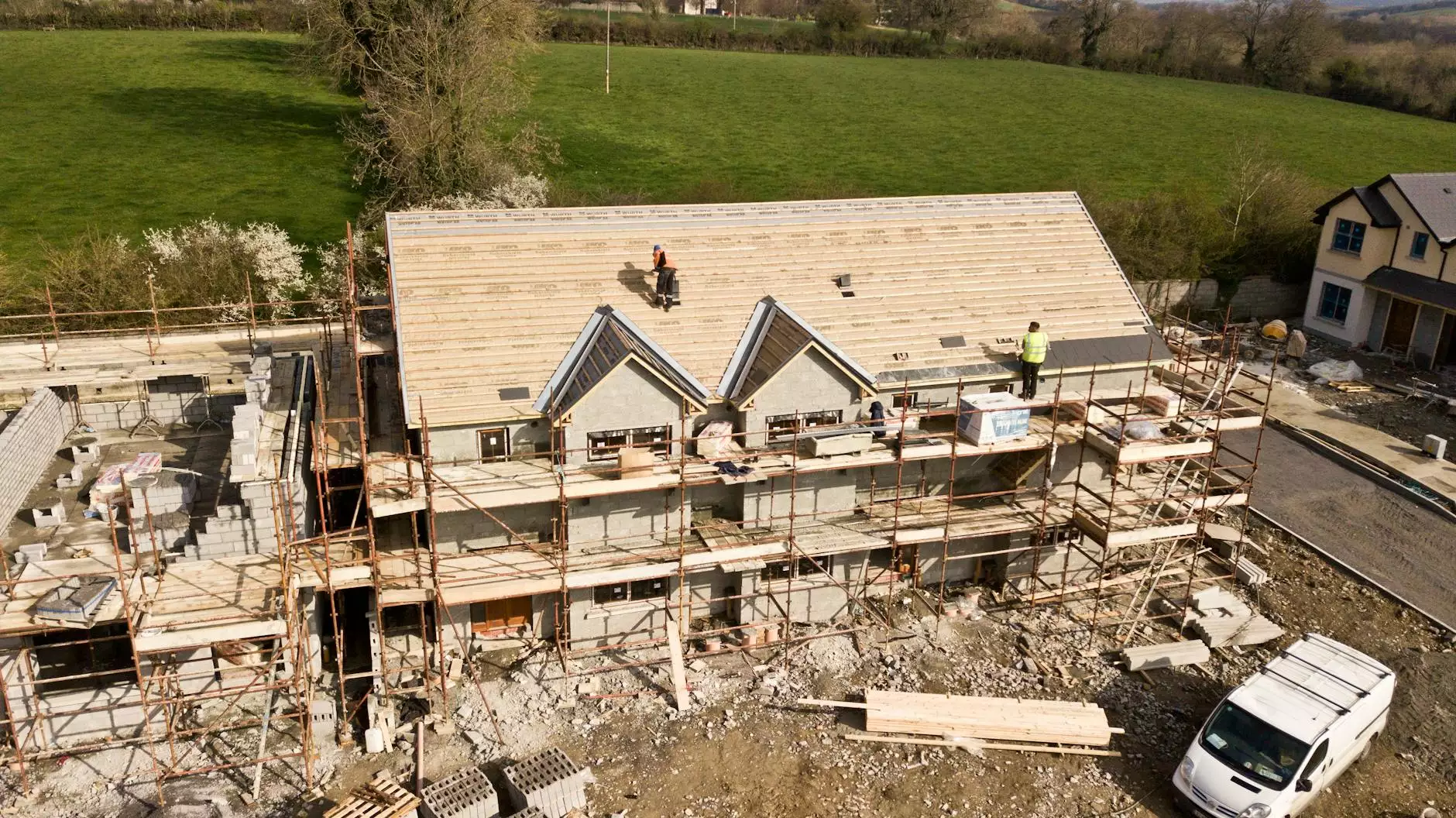Beware: Underbidding Is Real And Could Cost You Thousands
Beware: Underbidding Is Real And Could Cost You
Introduction
When it comes to construction projects, cost is a crucial consideration for both clients and contractors. In the competitive construction industry, underbidding has become a common practice. However, it is essential to understand the potential risks and long-term consequences associated with underbidding. Quality Construction is here to shed light on this topic and help you make informed decisions when it comes to your construction projects.
The Pitfalls of Underbidding
Underbidding may seem like an attractive strategy to win more projects, but it can lead to various negative effects on both the contractor and the client. Here are some of the major pitfalls of underbidding:
1. Sacrificing Quality
When contractors underbid, they often find themselves compromising on quality to meet the low budget. This compromises the integrity of the construction project and can result in costly repairs, maintenance, and low customer satisfaction in the long run.
2. Cutting Corners
Underbidding may force contractors to cut corners and skip important steps in the construction process. This can lead to safety issues, code violations, and legal problems. It's crucial for both contractors and clients to prioritize adherence to industry standards and regulations.
3. Unforeseen Costs
Underbidding makes it difficult for contractors to account for unforeseen costs that may arise during the project. From unexpected delays to changes in material prices, underbidding leaves little room for flexibility and can quickly turn a profitable project into a financial burden.
4. Reputation Damage
Consistently underbidding on projects can damage a contractor's reputation in the industry. Clients may associate low bids with subpar workmanship and lack of professionalism. Establishing a reputation based on quality work and fair pricing is invaluable for long-term success.
How to Avoid the Underbidding Trap
Avoiding the underbidding trap requires a combination of careful analysis, effective communication, and a focus on long-term profitability. Here are some tips to help you avoid underbidding:
1. Comprehensive Project Assessment
Thoroughly assess the project requirements, including labor, materials, and any potential risks. Consider all factors that could impact the budget and timeline. This allows for a more accurate estimation of costs, reducing the risk of underbidding.
2. Transparent Communication
Openly communicate with clients about the project scope, potential challenges, and associated costs. Managing client expectations from the beginning helps build trust and enables both parties to make informed decisions based on realistic estimates.
3. Value Proposition
Emphasize the value your construction company brings to the table. Highlight your expertise, experience, and the quality of work you deliver. Educate clients on the potential risks of underbidding, positioning yourself as a reliable partner committed to long-term satisfaction.
4. Continuous Improvement
Regularly review and improve your bidding process based on lessons learned from previous projects. Evaluate your profitability, market trends, and industry standards to refine your estimating techniques and ensure a fair balance between pricing and quality.
Conclusion
Underbidding in construction can have detrimental effects on both contractors and clients. Prioritizing quality, safety, and long-term profitability should be the focus of every construction project. At Quality Construction, we strive to provide valuable insights and guide you in making informed decisions that lead to successful, cost-effective, and reliable construction projects. Contact us today to learn more about our services and how we can help you achieve your construction goals.




